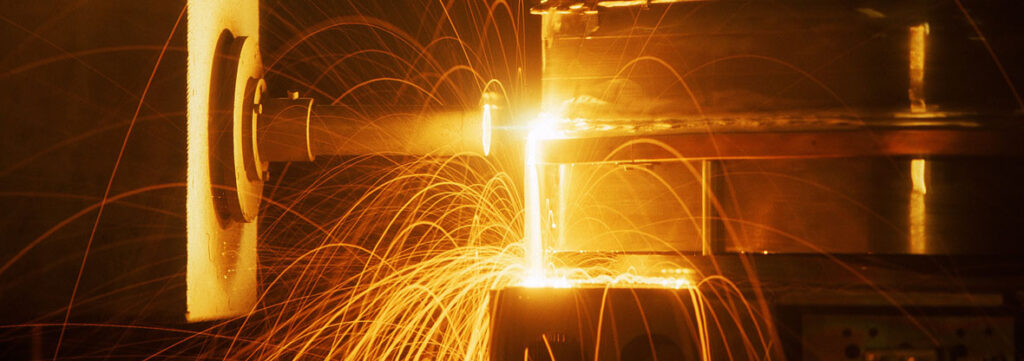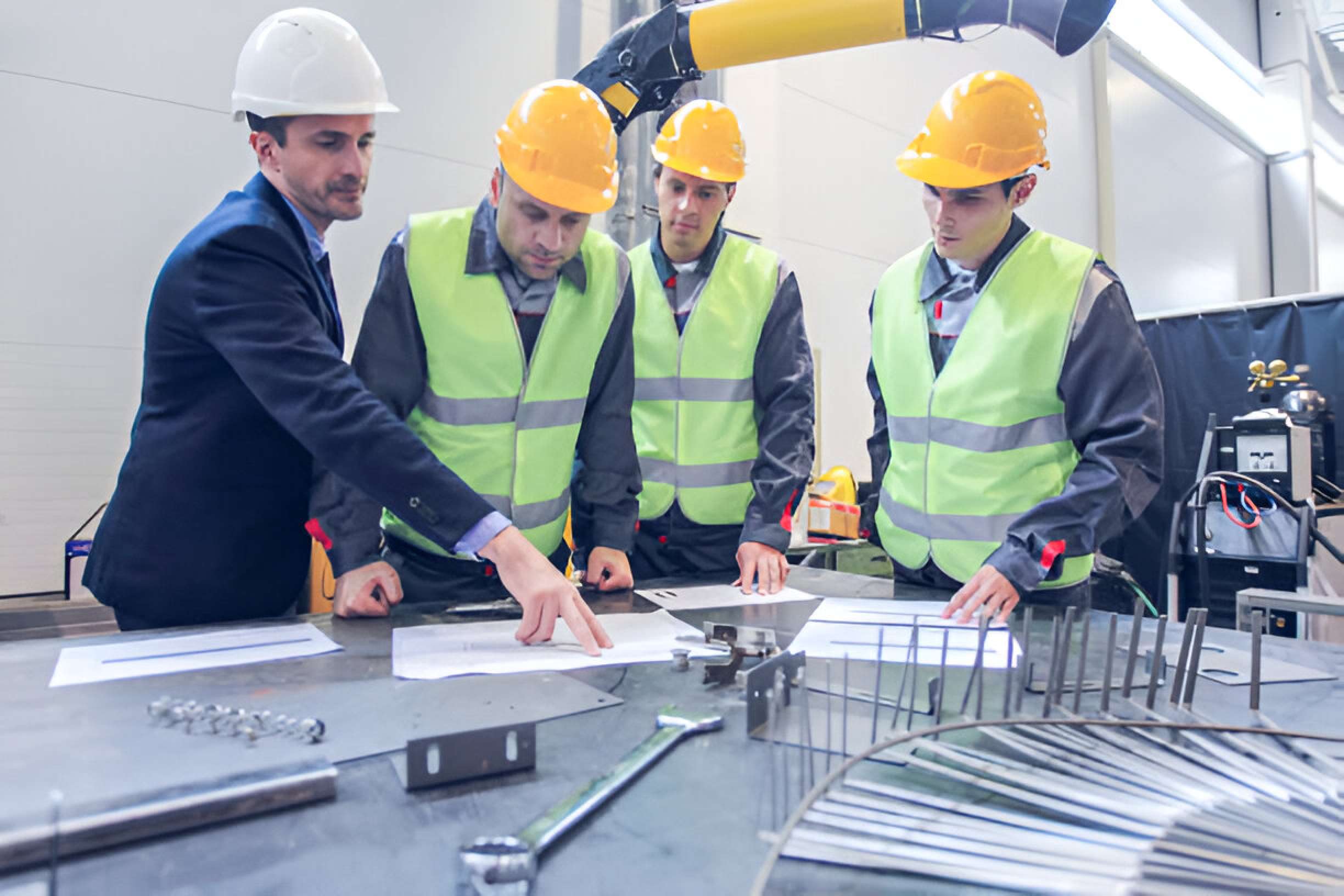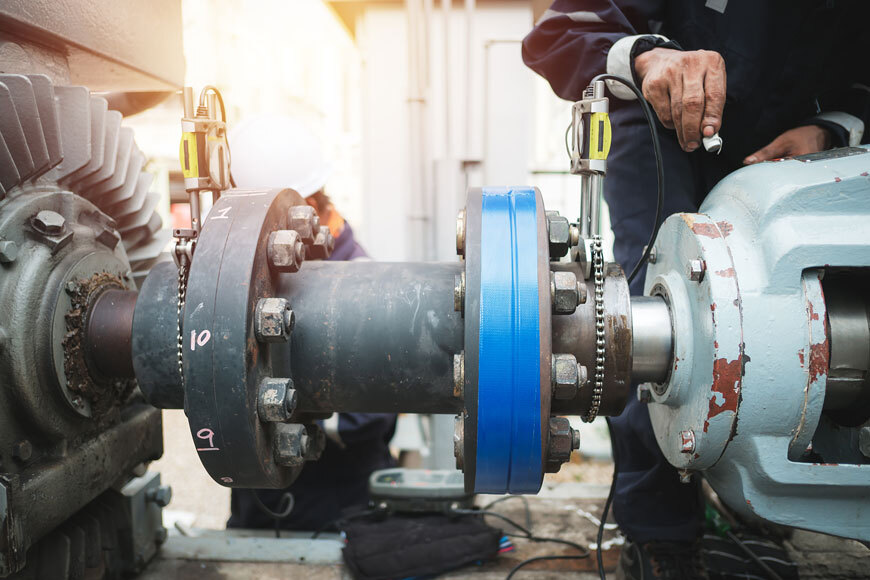
Electron beam welding (EBW) is a highly advanced and precise welding process that harnesses the power of a focused beam of high-velocity electrons to create exceptionally strong and precise welds. Introduced in the mid-20th century, EBW offers unique advantages such as deep penetration, minimal heat-affected zones, and the ability to weld a wide range of materials, including metals with high melting points. By concentrating a high-energy electron beam onto the joint, EBW achieves rapid and controlled fusion, resulting in welds of superior quality and integrity.
Electron Beam Welding
Electron Beam Welding (EBW) is a high-precision welding technique that uses an electron beam to join metal components. The electron beam, generated by accelerating electrons, produces concentrated heat, enabling deep weld penetration with minimal distortion. EBW is commonly used in aerospace, automotive, and electronics industries for its precise and efficient welding capabilities.
Working Principle of Electron Beam Welding
In electron beam welding, when a cathode in a vacuum is heated by a filament, it emits a beam of high velocity electrons. These electrons are further accelerated by voltage and are converged by an electromagnetic coil. When the electron beam strikes the workpiece, the kinetic energy of the electrons is converted into heat. This heat energy generated is then utilized for welding process.
Electron Beam Generation
In electron beam welding, electrons are accelerated to high speeds using an electric field, typically within a vacuum chamber.
Focusing the Electron Beam
Once accelerated, magnetic fields are used to focus the electron beam to a fine point, achieving an incredibly high energy density.
Interaction with Workpiece
The focused electron beam is directed onto the workpiece, where it rapidly heats and melts the metal, forming a weld pool.
Advantages of Electron Beam Welding
Electron beam welding offers several advantages, including:
- Flexibility: It is a versatile welding process suitable for joining both similar and dissimilar metals.
- Low Running Cost: Electron beam welding has low operating costs since it eliminates the need for filler metals or flux during the welding process.
- Superior Surface Finish: The welding process yields excellent surface finishes, which enhances the strength of the weld.
- Suitable for Delicate Materials: Electron beam welding can be used for welding delicate materials due to the low heat input during the operation.
- Clean Process: The absence of flux and filler metals makes electron beam welding a clean process, generating minimal waste products and eliminating the need for extensive waste management.
- Precision and Accuracy: Electron beam welding utilises computer numerical control (CNC), ensuring high accuracy and precision in welds, meeting the stringent requirements of industries that prioritize precision.
- Faster Welding Speed: Electron beam welding offers high welding speeds, typically expressed in mm/s, resulting in faster production rates and increased efficiency.
Applications of Electron Beam Welding
Electron beam welding finds diverse applications in various industries, including:
- Aviation Industry: Electron beam welding is widely utilised in the aviation industry for fabricating parts used in engines, sensors, gears, and other critical components. It plays a vital role in ensuring the effective performance and reliability of aviation systems.
- Power Generation Industry: The power generation sector benefits from electron beam welding, which is used to create welds ranging from shallow to deep. It is applied to weld large components like steam turbine diaphragms as well as small components like nozzles.
- Automobile Industry: Electron beam welding plays a significant role in the automobile industry for welding different functional parts such as gears, turbochargers, clutch plates, and more. Its versatility and precision contribute to the manufacturing of high-quality automotive components.
- Electronic Industry: Electron beam welding finds importance in the electronic industry due to its ability to weld materials like aluminum and copper. It is used for welding various connectors and components critical to electronic devices.
- Medical Industry: Electron beam welding is of great importance in the medical field due to its capability to maintain the chemical structure of the parent material. It is employed for welding orthopaedic implants and other medical devices, ensuring the integrity and biocompatibility of the welded joints.
- Hard Material Welding: Electron beam welding is particularly valuable for welding hard materials like titanium and its alloys. It’s high energy concentration and precise control enable the successful joining of these challenging materials
Difference between Electron Beam Welding and Laser Welding
Feature | Electron Beam Welding | Laser Welding |
Energy Source | Accelerated beam of electrons | Focused beam of coherent light (laser) |
Energy Density | Extremely high | High |
Penetration Depth | Very deep | Moderate |
Heat Affected Zone (HAZ) | Small | Small |
Material Compatibility | Limited by electron absorption and thermal conductivity | Versatile |
Welding Speed | Moderate to high | High |
Equipment Size and Complexity | Large, requires vacuum chamber | Smaller, simpler setup |
Initial Investment | High | Moderate |
Welding Precision | Very high | High |
Distortion | Minimal | Minimal |
Suitable Applications | Aerospace, automotive, heavy industry | Automotive, electronics, medical devices |
Electron beam welding offers a compelling combination of high precision, efficiency, and versatility, making it a valuable technology across various industries. Despite challenges, ongoing advancements promise to further enhance its capabilities and expand its applications.






